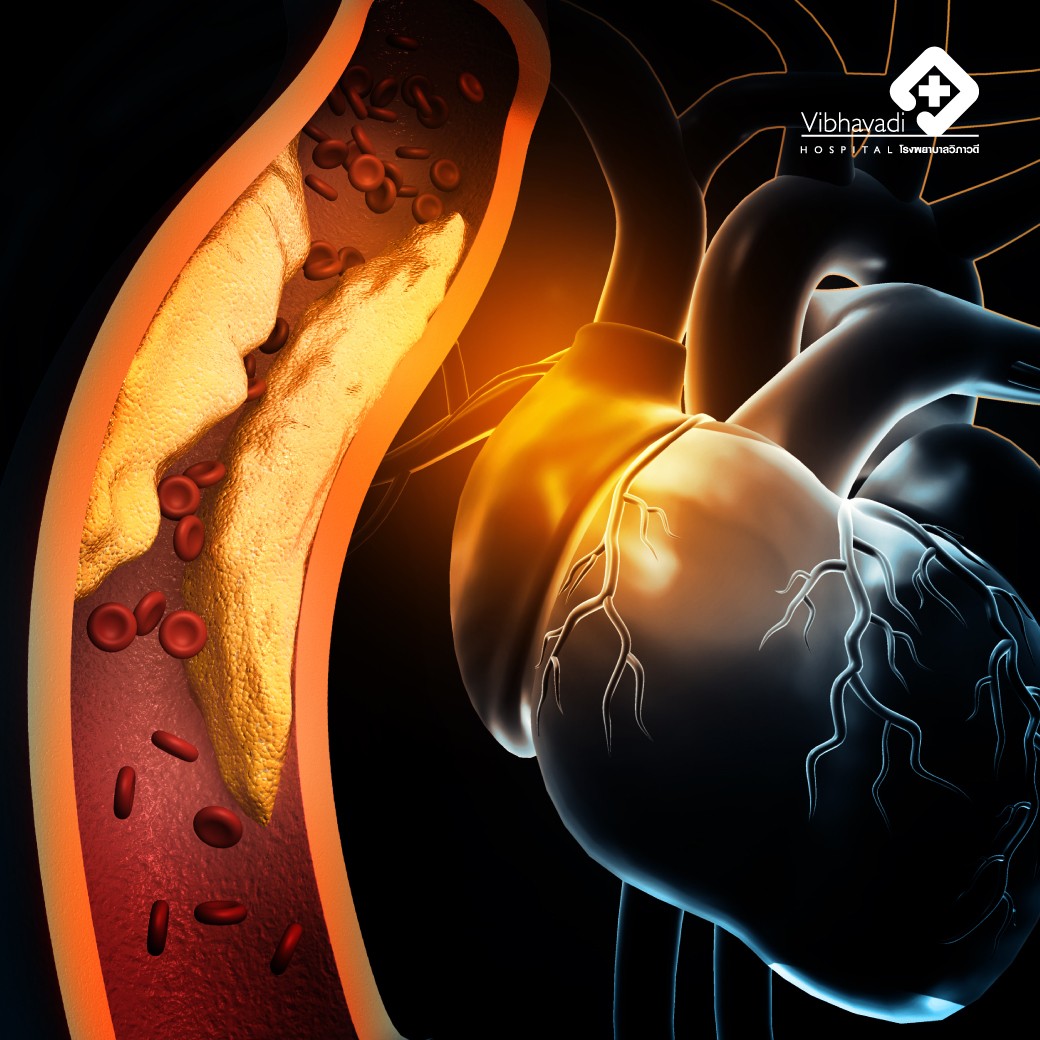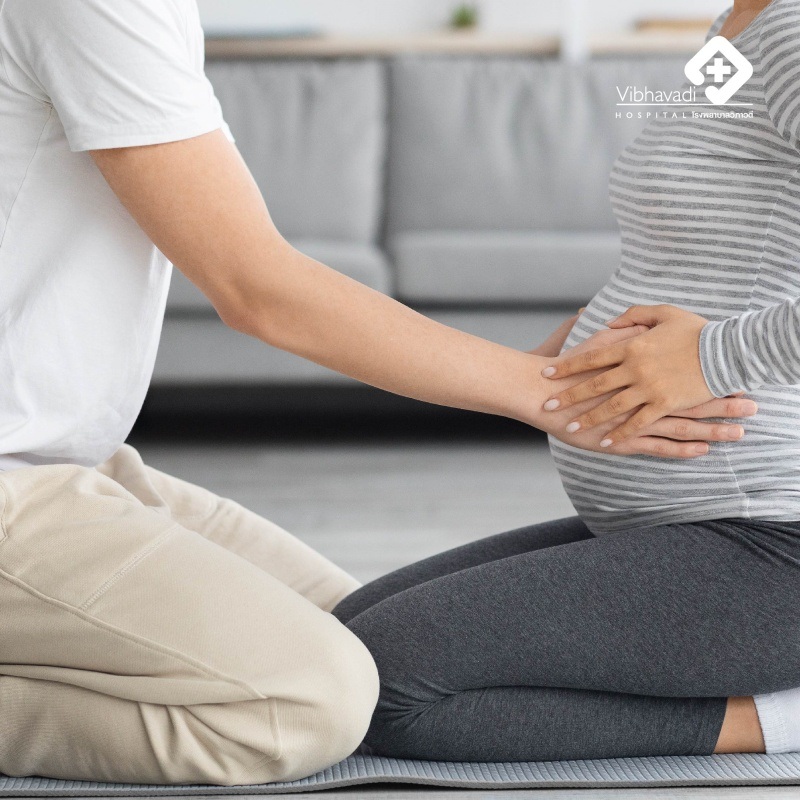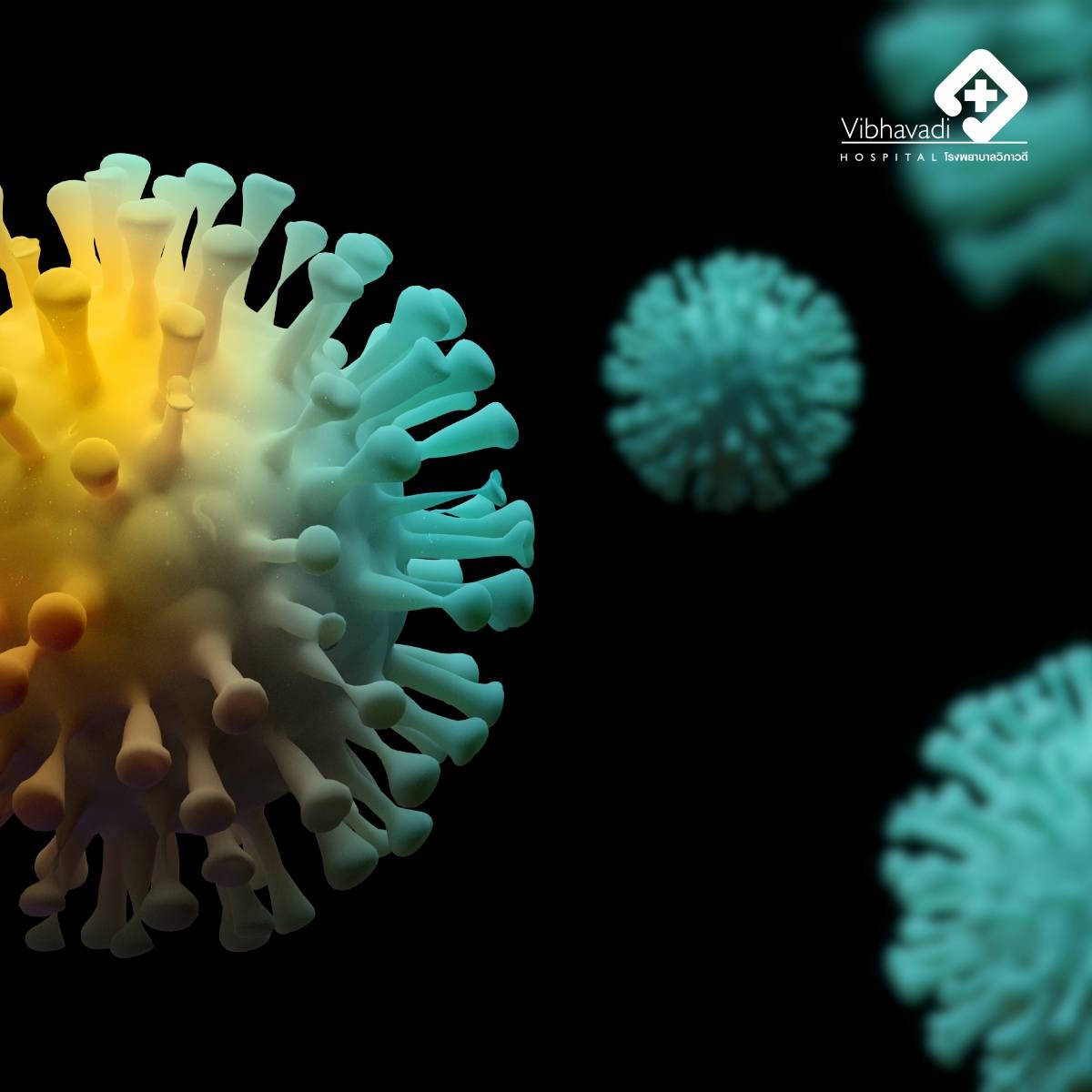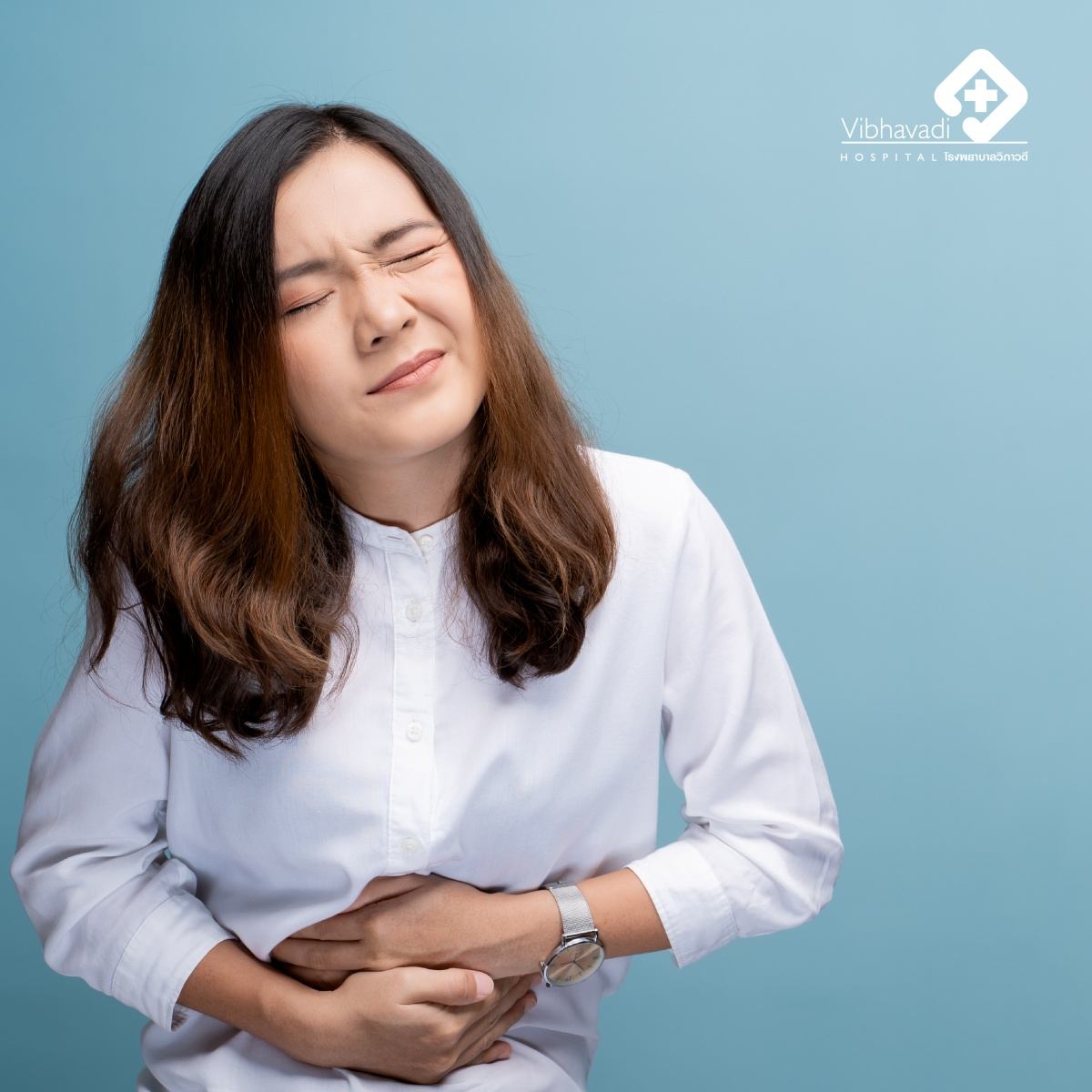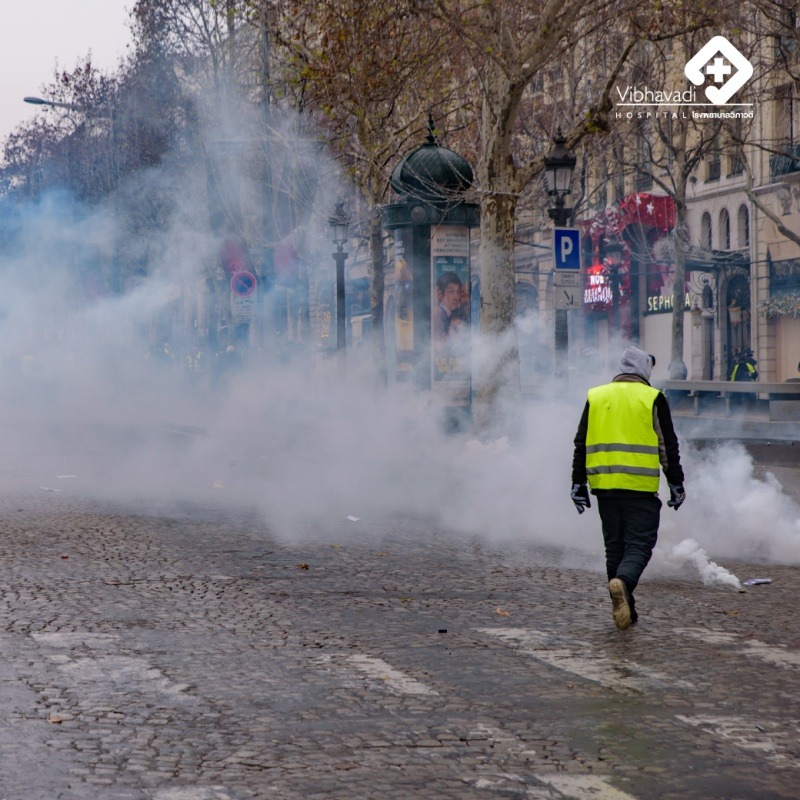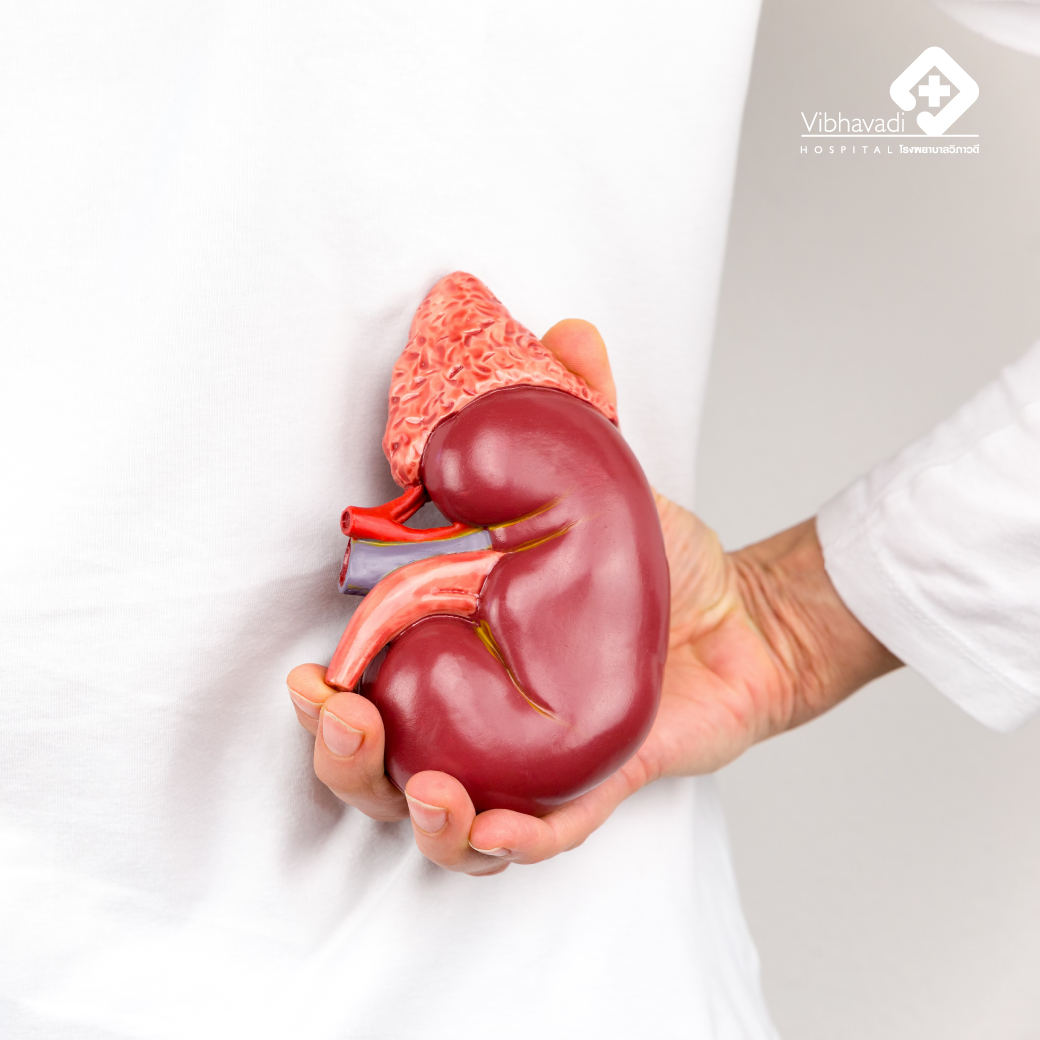Hemorrhoids: What Are They?
Hemorrhoids: What Are They?
Most patients often believe that any abnormalities in the anal area are hemorrhoids. However, there can be various causes for these abnormalities, such as anal fissures, polyps, warts, allergies, or even anal cancer. Nevertheless, hemorrhoids are indeed the most common, as medical reports suggest that they can be found in approximately 10-50% of the population. This means nearly half of us may face an issue with hemorrhoids at least once in our lives.
In reality, hemorrhoids are clusters of vascular tissues located at the end of the large intestine that are found in everyone. They help control bowel movements by approximately 10-15%. When these blood vessels become swollen and protrude, they can cause bleeding, bulging, or pain, referred to as hemorrhoidal disease.
Hemorrhoids are divided into internal and external, with internal hemorrhoids further classified into four levels based on their protrusion from the anus and ability to retract.
Prevention:
A significant risk factor for hemorrhoids is the internal pressure causing the blood vessels to swell or sitting for extended periods, especially during frequent or lengthy bowel movements, making hemorrhoids more prone to protrude. Hence, the most critical prevention method is proper diet and bowel movement management.
- Eat a high-fiber diet to keep the stool soft and easy to pass, without straining. Recommended foods include various fruits and vegetables, along with drinking plenty of water, at least 2 liters a day.
- Avoid foods that cause diarrhea, as frequent bowel movements are a risk factor for hemorrhoids. Stay away from undercooked or strongly flavored foods.
- Avoid prolonged sitting during bowel movements. Don't wait for pain to use the bathroom; go when the urge hits, and leave immediately after finishing. Don't read or play on your phone while on the toilet.
- Avoid "squatting" when using the bathroom, especially during bowel movements. Choose a sitting toilet.
- Avoid drinking alcohol.
- If overweight, work on reducing weight.
- Engage in regular exercise.
By following these guidelines, individuals can reduce their risk of developing hemorrhoids and maintain better overall health.
Initial Care for Hemorrhoids Symptoms
In case of a protruding lump from the anus, it is recommended to gently rinse with water after defecating, then gently push the lump back in with a finger. You may use mild soap or lubricating gel to ease the process. It's essential not to leave the lump out for an extended period, as it may lead to swelling, inflammation, and pain.
In case of bleeding from hemorrhoids, it's usually bright blood droplets following defecation and often stops by itself. If the blood doesn't stop or if there's blood mixed with stool or blood clots, you should see a doctor promptly.
In case of pain, you may initially purchase over-the-counter pain relievers, along with soaking in warm water about 40 degrees Celsius for about 15 minutes, 2-3 times a day, to help alleviate the pain.
Most importantly, don't assume these symptoms are merely hemorrhoids, as there may be other underlying conditions. Especially in older patients, the risk of colon and rectal cancer must be considered. Therefore, it's advisable to consult a specialist.
Treatment
Treatment depends on the type, severity, and primary symptoms of the patient. If minor, simply managing diet and bowel movements may improve the condition. A doctor might prescribe medications for faster relief. If symptoms worsen, non-surgical treatments like injection or banding might be used.
In severe cases, hemorrhoid surgery may be necessary, which is a standard treatment nowadays. However, this method often results in significant postoperative pain and a considerable recovery time before returning to work.
With laser technology, hemorrhoid treatment can now be done without hospitalization, with no large surgical wound, very little pain, and fast recovery. Patients may return to work just two days after the treatment.





